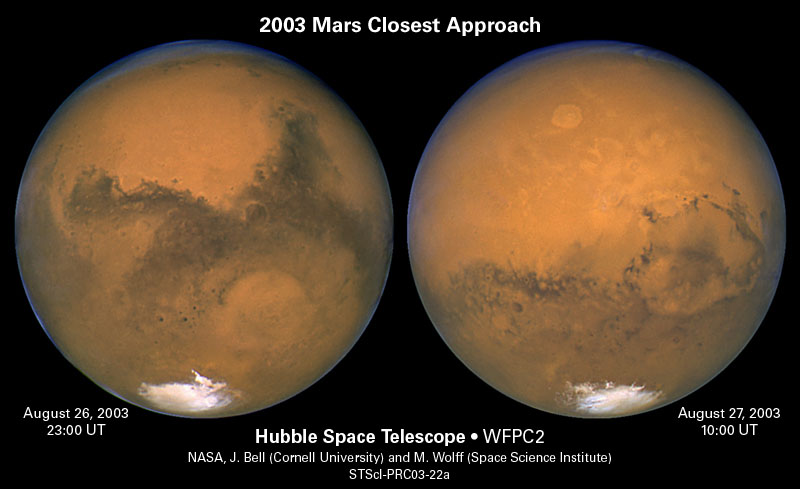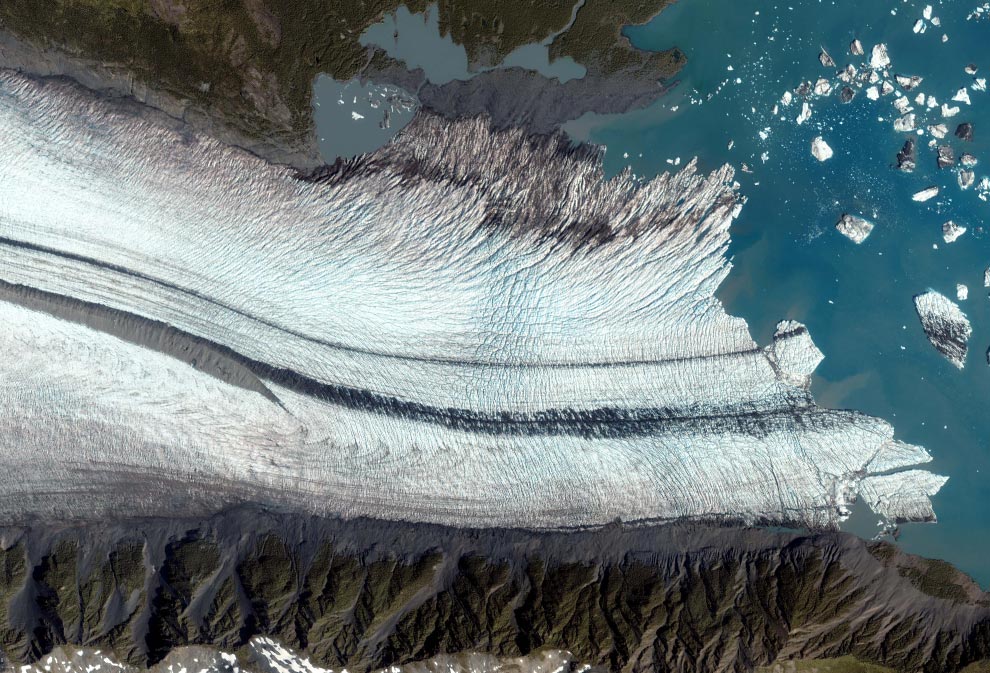Hello fellow classmates of Explore Alaska. This is a lesson I have put together for my final project. I cannot find a way to put my PowerPoint on here. If you would like it send me an email and I can shoot it your way.
The other part of my final project is not very formal but something I definitely plan on doing. At our next in-service I plan to show our entire staff the Teacher's Domain website and how I have been using it. The great thing is that it is FREE!
Below you will find my lesson plan minus the PowerPoint.
LESSON PLAN FOR ENVIRONMENTAL SCIENCE:
Coal and its' effects on Alaska and its' people and alternative energy options for Alaska
TOPIC: Coal and alternative methods as an energy source and its effects on the global and Alaskan ecosystem as well as appropriate alternatives to coal based electricity
STANDARDS ADDRESSED: Alaska Science Standard [10] SB2.1, [11] SA3.1, [11] SC3.1, [11] SF1.1-1.3
OBJECTIVES: Students should be able to:
- explain what a hydrocarbon is
- describe the different types of coal
- describe the basic steps in a coal fired electrical generation power plant
- list pros and cons of electric energy derived from burning coal
- elaborate on how other countries are contributing to greenhouse gases and the ecological and political issue associated
- give examples of alternative energy sources with pros and cons for each
STEP BY STEP PROCEDURES: PowerPoint lecture on coal with the following resources embedded within the PowerPoint that were obtained from the Explore Alaska course as well as resources not from the course.
- America's Addiction to Coal
- Arctic Haze video
- China and Coal / Politics
- Contaminants in the Arctic food chain
- Microbes and Global Warming
- greenhouse online simulation
ASSESSMENT:
- Formal assessment with textbook content exam on the chapter with coal and alternative fuels.
- Completion of online greenhouse assignment with class discussion on what observations / what was learned from the assignment (list of things learned on the white board...completion grade on assignment and participation points with white board list)
- Completion of the assignment on the last slide of the PowerPoint (Answer the following questions in a word document or a PowerPoint and put it in my dropbox)
- How do carbon emissions into the atmosphere effect the global ecosystem and the Alaskan tundra? (5 points)
- List at least 2 ways the Native peoples have aided Western science in learning about changes in Alaska's tundra and ecosystem (5 points)
- What are some alternative methods to generating electricity from coal? Use your school laptop to find 3 alternative sources appropriate for Alaska with 2 pros and 2 cons for each. (15 points, 5 points for each alternative source with its' pros and cons)
(photo courtesy of chieforganizerblog)
















